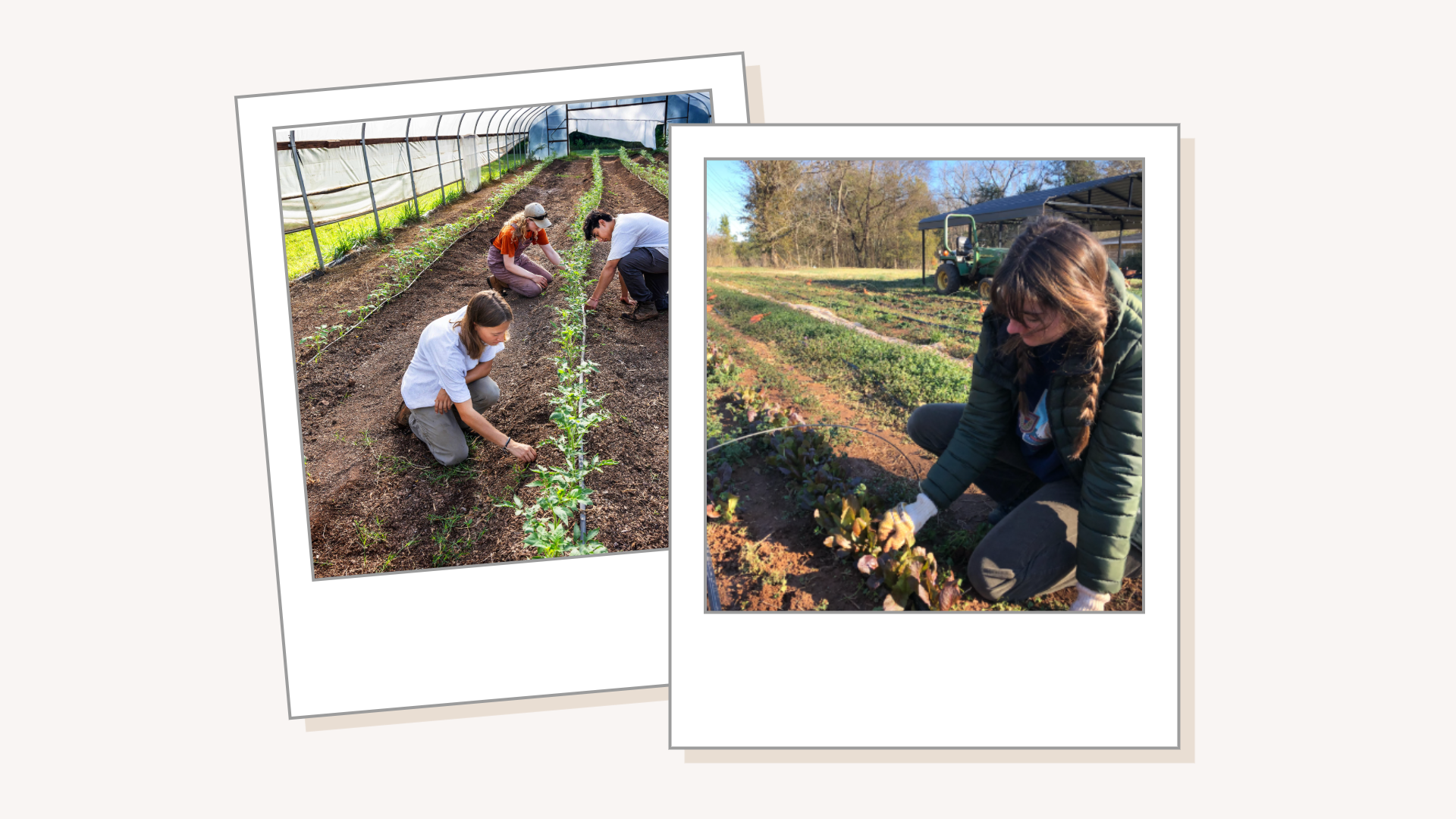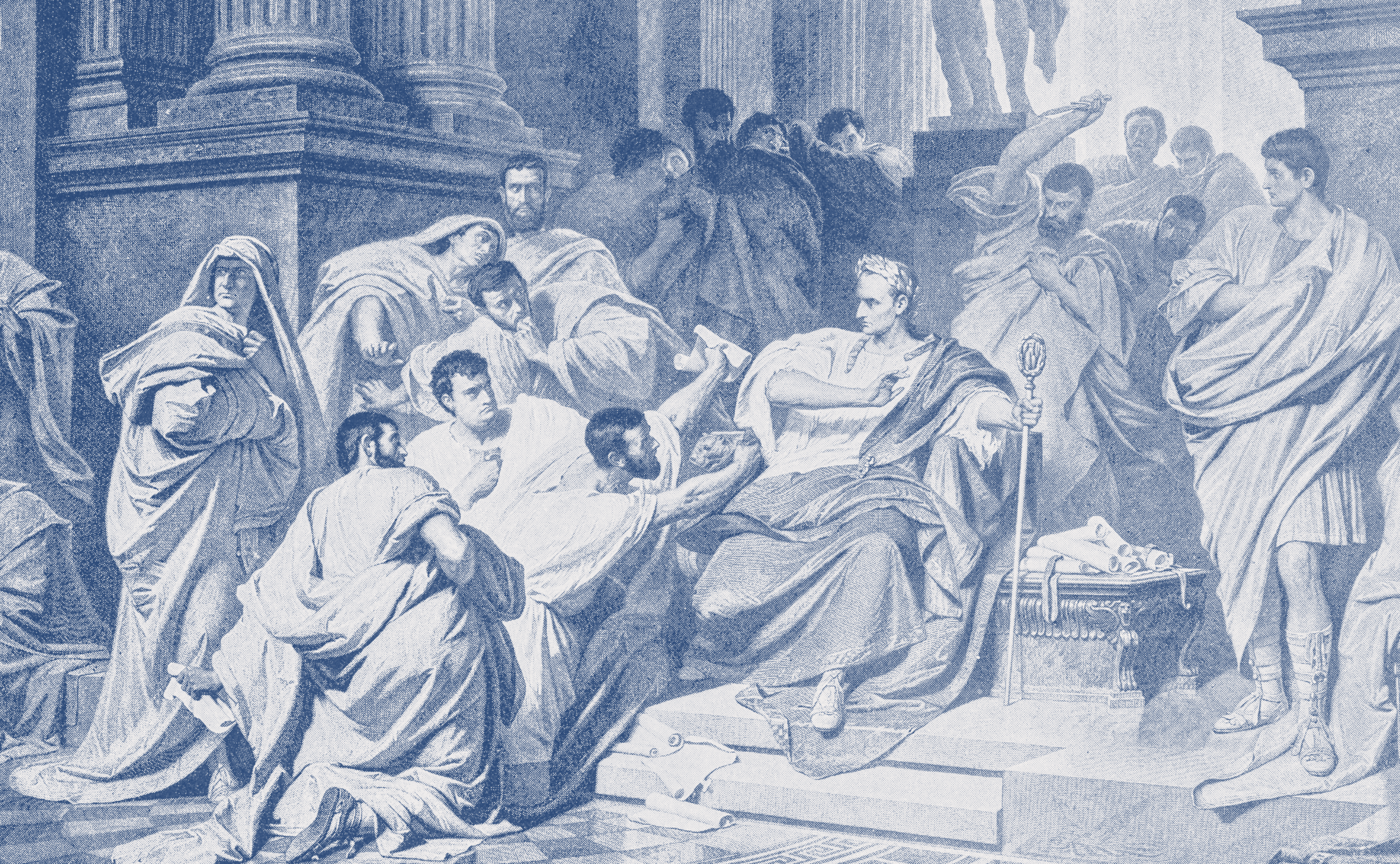Scholar’s Work Brings Lives of Enslaved Persons Into Relief
January 13, 2021
- Author
- Mary Elizabeth DeAngelis

Hilary Green, Vann Professor of Ethics in Society
At 8:05 on Monday mornings, the students in Hilary Green’s Africana Studies class open their laptops and click onto Zoom. Bolstered with coffee, the conversations get lively and sometimes gut-wrenching.
Green, Vann Professor of Ethics in Society, has long been hungry for the American history that didn’t make it into standard textbooks—those accounts often omitted, or the glossed over details about enslaved human beings who built so much of the United States.
Telling their stories, from enslavement to freedom, has become her life’s work.
As a professor at the University of Alabama, Green created the “Hallowed Grounds” project, which includes an hour-long walking tour of slavery’s history on campus. The inspiration came after a Black student wondered why they were talking about slavery at the university, “because slavery didn’t exist here.”
In reality, Alabama, Princeton and many other universities and colleges across the United States, including Davidson, benefitted greatly from the labor of enslaved people. Davidson’s earliest leaders and faculty members owned and rented enslaved people to farm, build, cook, clean and sew.
Most of their history has been told by white people, who mention them in terms of how much it cost to own or rent them or what labor they performed. Birth and death certificates, census reports and property records fill out some details.
Green’s research aims to humanize them; as people who toiled, suffered, loved; and once free, created schools, churches and vibrant communities.
At Davidson, she and her class have been exploring the lives of “college servants,” as they were called during and after slavery. One man they’ve been researching, Hiram Potts, went from being enslaved and rented out to the college to becoming a paid employee and well-known campus figure.
“These weren’t just enslaved people, these were individuals with names and full lives and families,” Green says. “And they had complex relationships with the school.”
National Reckoning, Davidson Legacy
Green is an associate professor of gender and race studies and American studies at the University of Alabama. She’s teaching and researching at Davidson for the 2020-2021 school year, and is continuing the work of the college’s Commission on Race and Slavery.
The course she’s teaching at Davidson focuses on colleges, slavery and legacy. To put it into national perspective, the reading list includes Ebony and Ivy: Race, Slavery and the Troubled History of America’s Universities, by Craig Steven Wilder, and The Princeton Fugitive Slave: The Trials of James Collins Johnson by Lolita Buckner Inniss.
“Our eye is on, what does this history mean to Davidson, and how does this campus fit into this larger history, because it was happening across the board,” Green says. “What’s different, what’s unique, but also, how does what we know about other campuses shed light on how to tell this story?”
Green’s students have selected final projects based on the historical research about Black Americans from slavery through Reconstruction. Two students are delving into Potts’s life. One student is developing a more comprehensive timeline of enslaved people’s experiences and contributions to the campus. Another is creating a prototype for a children’s book on the college’s history.
Erin Mansell ’22, a biology and music double major, is researching what students learned in Davidson science classes in the early years. She’s focusing on textbooks and curriculums science teachers used. She’s also researching the life of an enslaved man named Esom, who worked as an assistant in President Samuel Williamson’s chemistry labs.
“What was Davidson teaching students, and how did what they learn affect the lives they led?” she asks. “I’m really interested in the educational aspect and how it was used to perpetuate oppression.”
Mansell says what she’s learning in the class could be incorporated into other courses.
“I’m so inspired by the work Dr. Green has already done and is doing at Davidson,” Mansell says. “She’s so knowledgeable and encouraging, and really wants to hear our opinions.”
Mansell believes that every Davidson student should study the college’s history and its relationship with slavery.
“The only way for Davidson to move forward is for all students to be engaged with this conversation,” she says, “and for all of us to start at a place of truth.”
Emotional, Intense, Committed
Green has had moments in her research, as have her students, where the reality of slavery sinks in. At Davidson, it occurred during conversations about Hiram Potts. Several of the students know Black people in the area with the last name Potts.
“And then the whole conversation changed,” Green says. “It became very intense, and very personal. I had to talk about self-care, and explain that as you research, there are going to be days when you find something that’s going to hit you hard, with an emotional response you weren’t expecting.
“That’s the day you end your research early, go outside and remind yourself of life,” she says. “You clear your head and process the emotions you’re going through. Then you go back to it.”
Her students offer a refreshing outlook. They want to confront and own up to the country’s past sins, recognize the progress that’s been made, and figure out how to move forward, Green says.
“During the Hallowed Grounds tour, when we’re so hot in Alabama in August and students want to find a shady place to sit down, I think about the people who once cut the grass by hand or carried water across the fields in the blistering heat,” Green says. “I walk past the slave cabins and the bricks they made for the buildings. And I remind myself, this is 2020, and I am a professor walking freely on these grounds. How can I use that background to connect to the present?”
She’s been impressed by her Davidson students’ commitment to their research.
“This work is emotional,” Green says. “At the same time, their energy and willingness to go on this roller coaster to amplify these lives so intertwined with the college inspires me. They’re not shrinking back; they’ve read the Commission report and they want to be part of telling this story.”
This article was originally published in the Fall/Winter 2020 print issue of the Davidson Journal Magazine; for more, please see the Davidson Journal section of our website.



